#east europe
Text
shout out to my fellow caucasus lesbians who can't be open abt their sexuality or gender in their country, I love u!!
164 notes
·
View notes
Text

St. Vitus Cathedral, Prague, Czech Republic
#photography#architecture#urban exploration#urbex#blackandwhite photography#bnw of our world#bnw planet#black and white#bnwphotography#noir photography#architecture photography#medieval#castle#prague#czech republic#tourist#tourist attraction#gothic#east europe#bnw zone#bnw society#bnw#bnw captures#bnw life#cathedral#gothic architecture#goth#urban photography#urbexphotography#st vitus
60 notes
·
View notes
Text
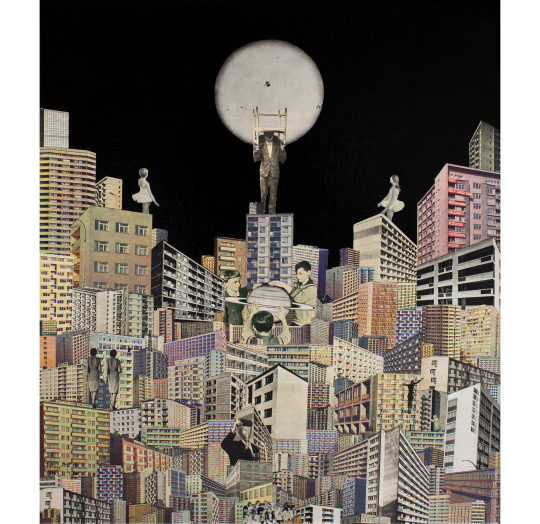
Waves whisperers, 2023
#contemporary art#polish art#abstract art#witchery#Wave Whisperer#brutalism#utopía#mateusz szczypiński#collage#modern art#flat earth#conspiracy theories#east europe#poland#night#bizzareart#surrealism#witch hunt
83 notes
·
View notes
Text
my thirst for Slavic characters in media knows no bounds. And no, I don’t mean some Russian spy or super model or mafia boss. I want normal and interesting characters from smaller Slavic countries who celebrate name days, who live by weird superstitions passed down through their families, who make gulash and sausage and bean stews for dinner. I want Slavic characters with affectionate nicknames given by their family. I want characters who grew up on German fantasy films from the 60s and weird soviet cartoons. I want the societal pressure and the religious guilt and the love for rolling green mountain ranges that remind them of home. I want to see myself in this real personal way that I have so rarely encountered in media or in real life.
Representation of real experiences is so often boiled down into big concepts rather than the small details that matter. Frequently it can feel like checking off boxes instead of communicating substantial themes or reflections of reality. It’s easy for a show to say a character’s family comes from Germany or Senegal or Russia but that’s usually where they draw the line. The more vague they are, the easier it is to turn entire countries or continents into generic set dressing that (in theory) could apply to millions. But it’s the mannerisms, the culture, the language, the folktales, all these things that shape you from the very moment you’re born. It’s the small details that help you connect, that resurrect the small child inside you who once lived in a foreign bubble, who experienced the awful alongside the great. I yearn to see what I am made of staring back at me through a screen. I yearn to connect to my foundations, to the culture that slowly slips from my memory as I continue to age entire oceans away from the place of its origin.
#slavic#slovakia#eastern europe#czechoslovakia#representation#vaguely a rant#i miss the person that i could’ve been#y’know?#second generation#immigrant family#east europe#media representation#cultural differences
395 notes
·
View notes
Text

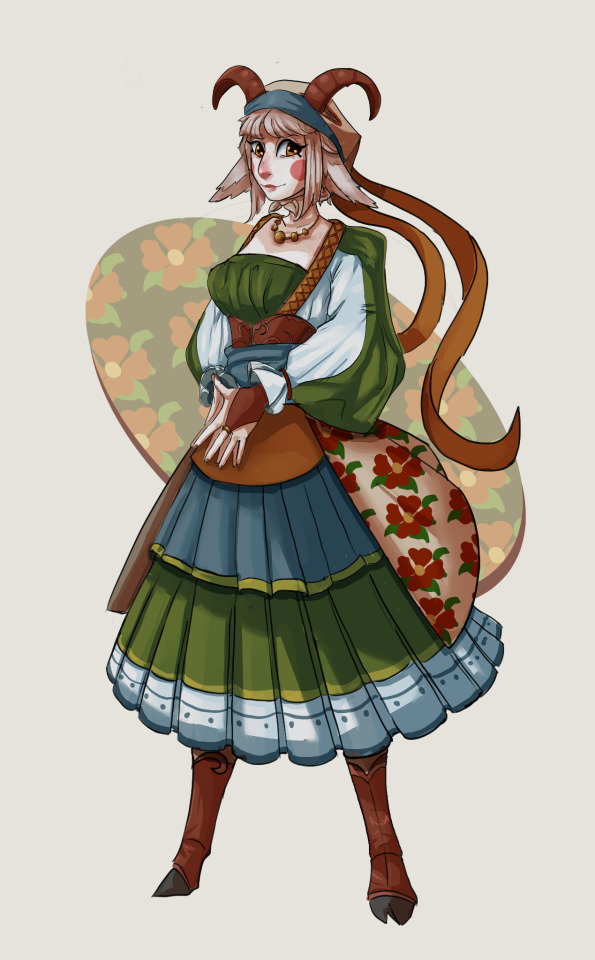
Drew a folk-goat.
Outfit is inspired by a combination of eastern-European dresses combined with ancient minoan fashion.
#my art#art#artwork#bondead#monster girl#illustration#oc#character design#oc art#folk aesthetic#folk dress#folklore#minoan#east europe#pinup art#pinup#cottagecore#ancient greece
34 notes
·
View notes
Text

can you guys guess where i’m sitting
ps: ignore the cracks near the heater thx
#my pics#mine#credit to me#ukraine#eastern europe#eastern bloc#east europe#school#nostalgia#nostalgic#girlblogger#girlblogging#female experience#gaslight gatekeep girlboss#i’m just a girl#female hysteria#this is a girlblog#pinterest girl#female manipulator#manic pixie dream girl#gloomy coquette#gloomy#gloomcore#dark coquette#dark#coquette
16 notes
·
View notes
Text
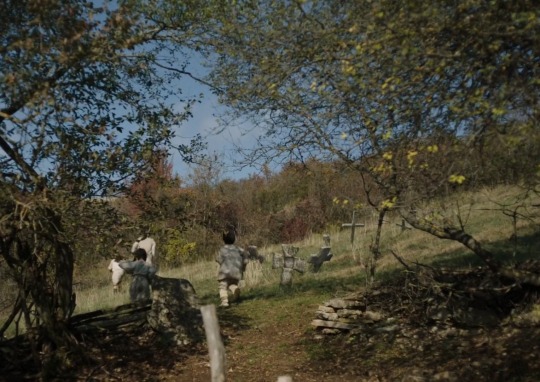
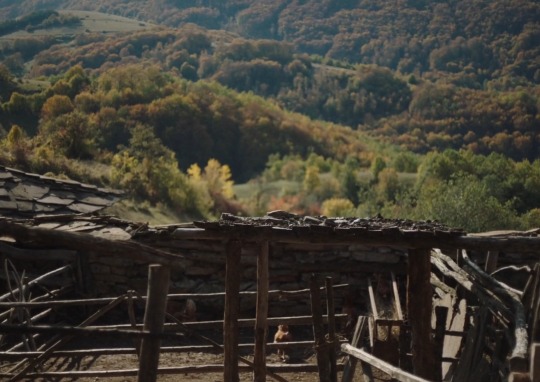

Scenery from "You Won't Be Alone" (2022)
#films#film#macedonia#macedonian film#goran stolevski#film scenery#scenery#east europe#eastern european#slavic
21 notes
·
View notes
Text

#east europe#femcel#dollette#diet coke#lana del rey#waifcore#gaslight gatekeep girlboss#manic pixie dream girl#female manipulator#coquette#lana is our queen#russia#srbija#bosnia
52 notes
·
View notes
Text

#easter#folclore#east europe#spring#festival#spring equinox#easter egg#m.m.g.s#traditions#colorful#cottagecore
7 notes
·
View notes
Text

Jagdschloss Granitz, Insel Rügen
#photography#architecture#tower#castle#spiral staircase#architecture photography#lodge#museum#tourist attraction#insel rügen#germany#island#baltic sea#ostsee#binz#east europe#europa#design#spiral#iron staircase#hunting lodge#rural exploration#rural photography#rural living#rural#rural gothic#medieval#tourist#tourism#tourist destination
37 notes
·
View notes
Text

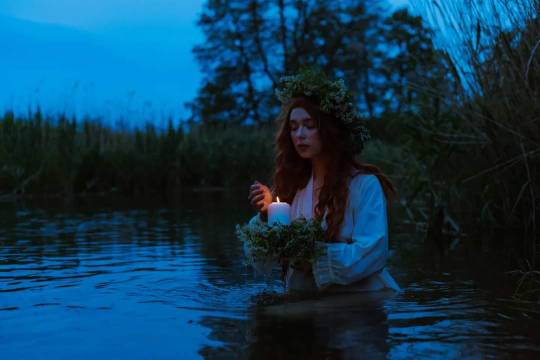
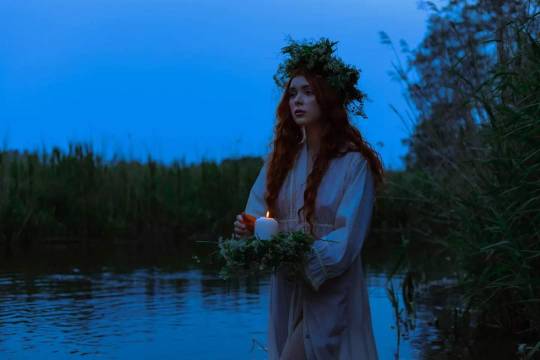
✨KUPAŁA NIGHT
Kupała Night is a Slavic holiday associated with the summer solstice of the Sun, celebrated during the shortest night of the year, which falls around June 21-22 .
In Anglo-Saxon countries it is known as Midsummer.
Kupalnocka is devoted primarily to the elements of water and fire, which have a cleansing power. It is also a celebration of love, fertility, sun and moon.
The Slavic customs and rituals associated with the Kupała Night were to ensure health and harvest for the saints. Bonfires were lit in which herbs were burned. Various fortune-telling and dances took place during joyful games.
Girls put wreaths with lighted candles into the currents of the rivers. If the wreath was fished out by a bachelor, it meant that she would get married quickly. If he was swimming, the girl wasn't going to get married soon. If, however, it got on fire, drowned or entangled in the rushes, it was foretold of this old age. They are probably the remains of the old spring magic rituals ending the enchantment of the "good beginning", referring to the soulful rituals and the coming harvest.
In some regions it was believed that you could not bathe in rivers, streams or lakes during the day until Kupala Day, while bathing after dusk or before sunrise cured various ailments, as water was then a healing element belonging to the moon.
The Kupala Night celebrations began with the ritual making of fire from ash and birch wood (some sources mention only oak wood). Jumping over the fire and dancing around was supposed to cleanse, protect against evil powers and disease. According to beliefs, aquarians, waterlines and drowners, as well as most other water demons, liked to lurk for summer-thirsty people who unreasonably take a bath before Kupała night. Only after this holiday, swimming in water became relatively safe.
Photos from Roskosh Model
#kupala night#summer#slavic folklore#kupala#slavic tradition#east europe#summer solstice#june#female models#slavic model#slavic women#russian folklore#polish folklore#ukrainian folklore#russian costumes#polish costumes#polish traditions#ukrainian tradition#russian tradition#slavic history#Slavic rituals#midsummer
41 notes
·
View notes
Text

Blokk festa
18 notes
·
View notes
Text





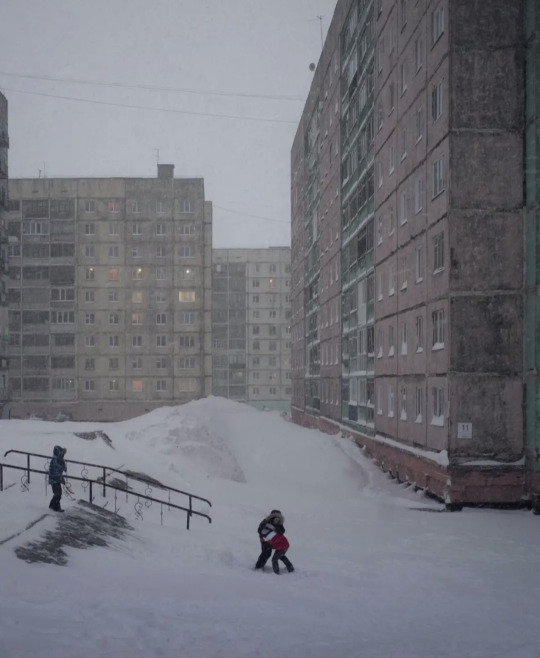
#soviet russia#soviet#russia#ussr#soviet union#east europe#россия#ссср#снег#советскийсоюз#эстетика#Spotify
21 notes
·
View notes
Text

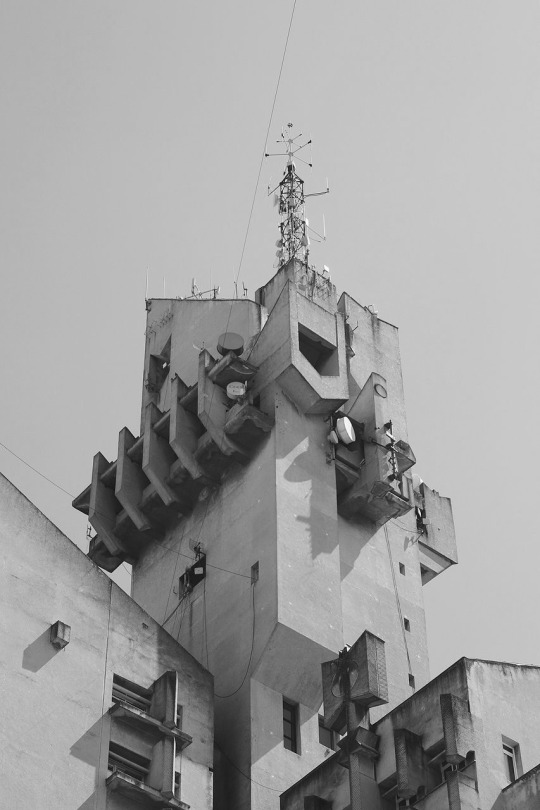



Romanian Brutalism
115 notes
·
View notes